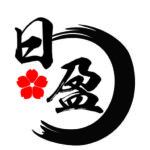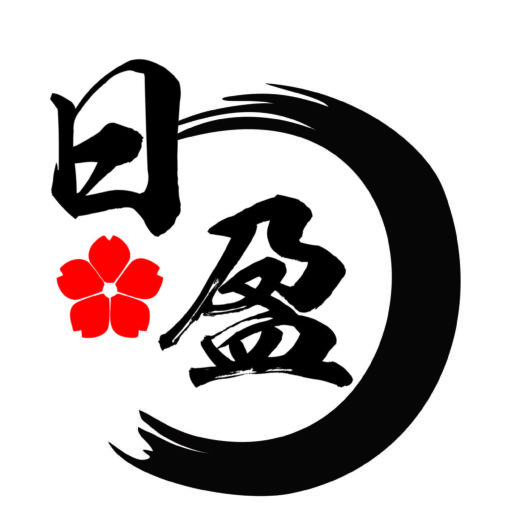Nagano
Takato Joshi Park
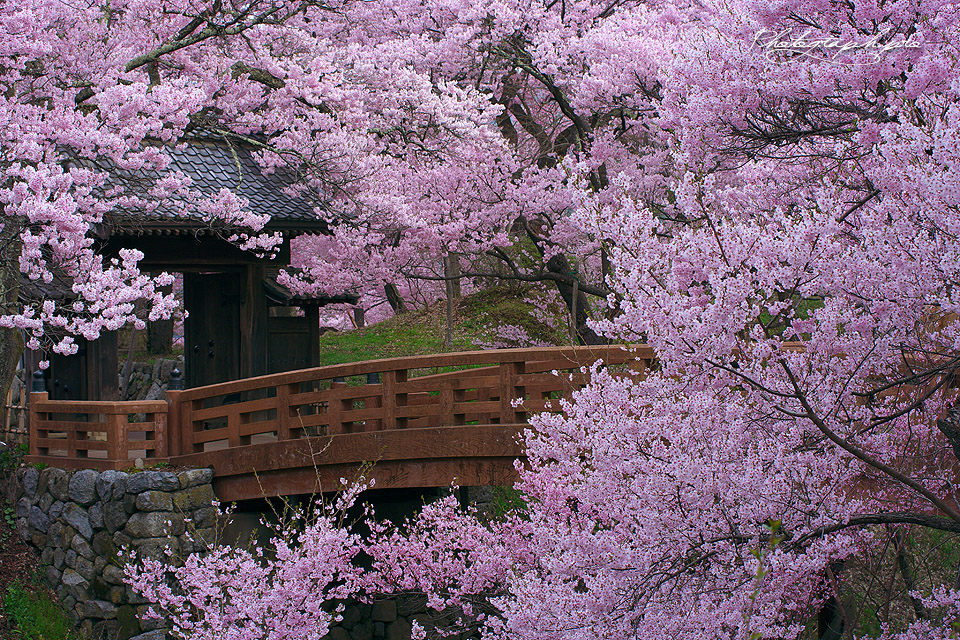
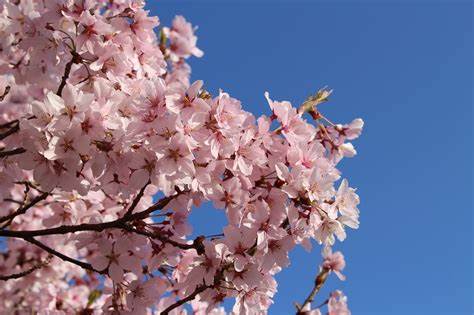
Takato Joshi Park, one of the three most famous cherry blossom viewing spots in Japan, is known as “the best cherry blossom spot in the country.” Visitors can see the kohigan-zakura, an endemic species that blooms only in this area, and approximately 1,500 cherry trees, including some over 140 years old, are in full bloom.
The sight of reddish cherry blossoms surrounding Takato Castle is fantastic and has been selected as one of the 100 best cherry blossom viewing spots in Japan. Takato Joshi Park is a tourist spot that attracts many flower-viewing visitors from all over Japan. The annual Takato Joshi Park Cherry Blossom Festival is held from early April to early May, and the park is illuminated at night.
Lake Suwa

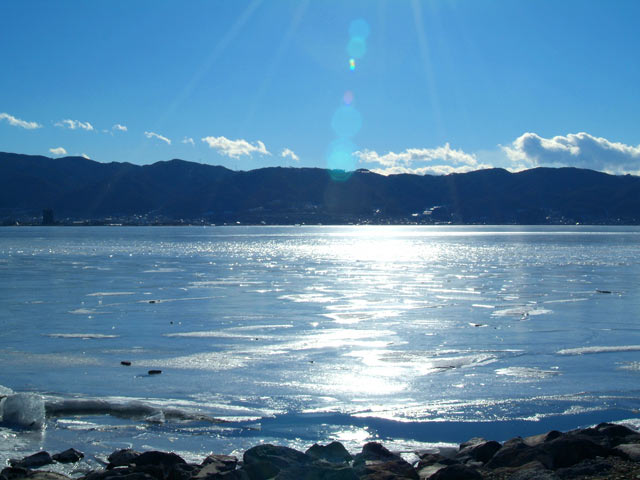
Located in the middle of the Suwa Basin, Lake Suwa is the largest lake in Nagano Prefecture, with an elevation of 759 m above sea level, a circumference of 15.9 km, and an area of 13.3 k㎡. The lakeside park and jogging path are well maintained, so a stroll around the lake is recommended. Visitors can enjoy a variety of activities on the lake, such as lake sports, wakasagi (Japanese pond smelt) fishing, sightseeing boats, and amphibious sightseeing buses.
Lake Suwa Geyser

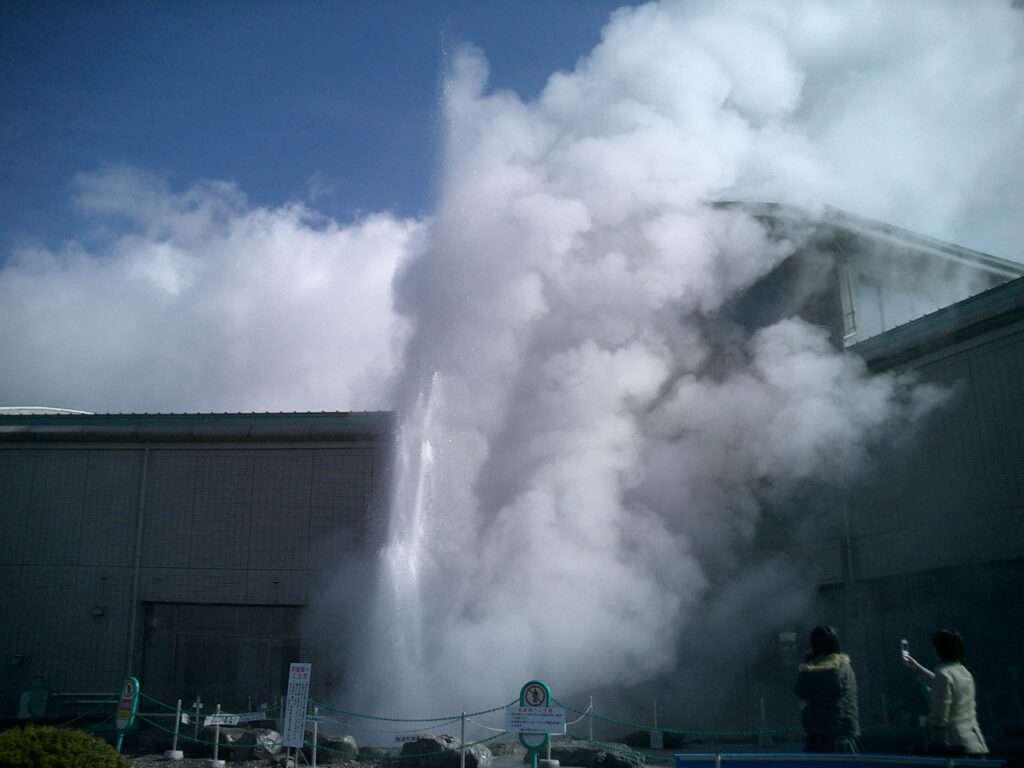
The geyser erupted in 1983 while the hot spring was being drilled, and the geyser center was opened in 1990 for the purpose of using the geyser for tourism. When the geyser first erupted, it gushed 50 meters into the air and was said to be the world’s second-highest geyser, but gradually the geyser’s self-venting intervals became longer and longer, and eventually it stopped. The geyser was then fed compressed air by a compressor to remove the cold hot spring water from the upper part of the geyser, but it is now gushing out on its own.
Kiso Road (Tsumago Inn)
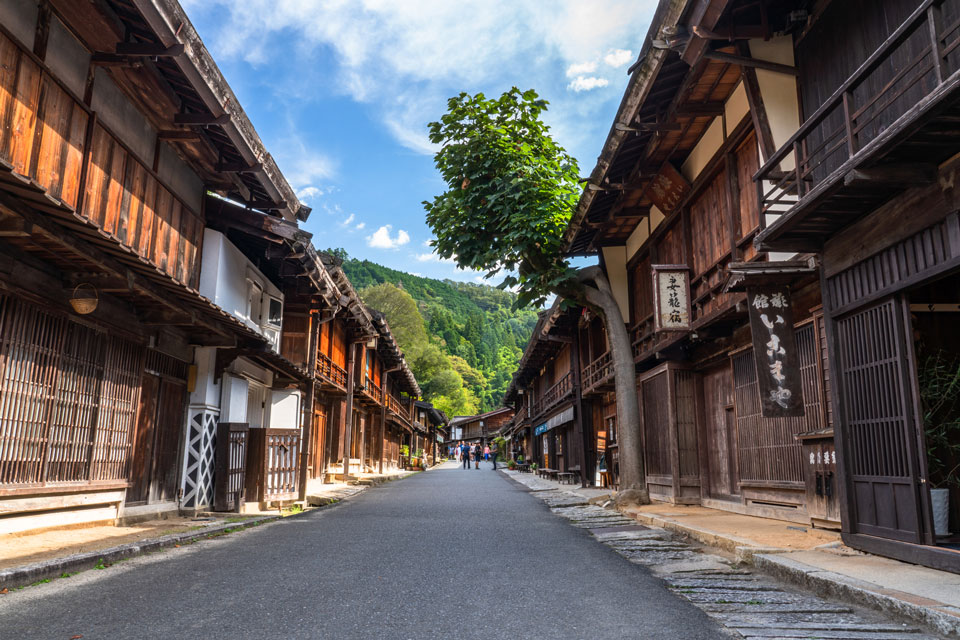
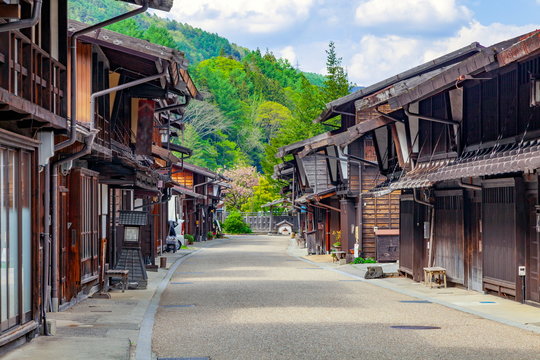
Tsumago was the first place in Japan where the old streets that have been preserved since the Edo period have been preserved. The udatsu-lined streets in the dehiranzukuri style are the very streets of Edo itself. Magomejuku, located at the southernmost tip of Kiso Road, also has a similar nostalgic road.
Matsumoto Castle
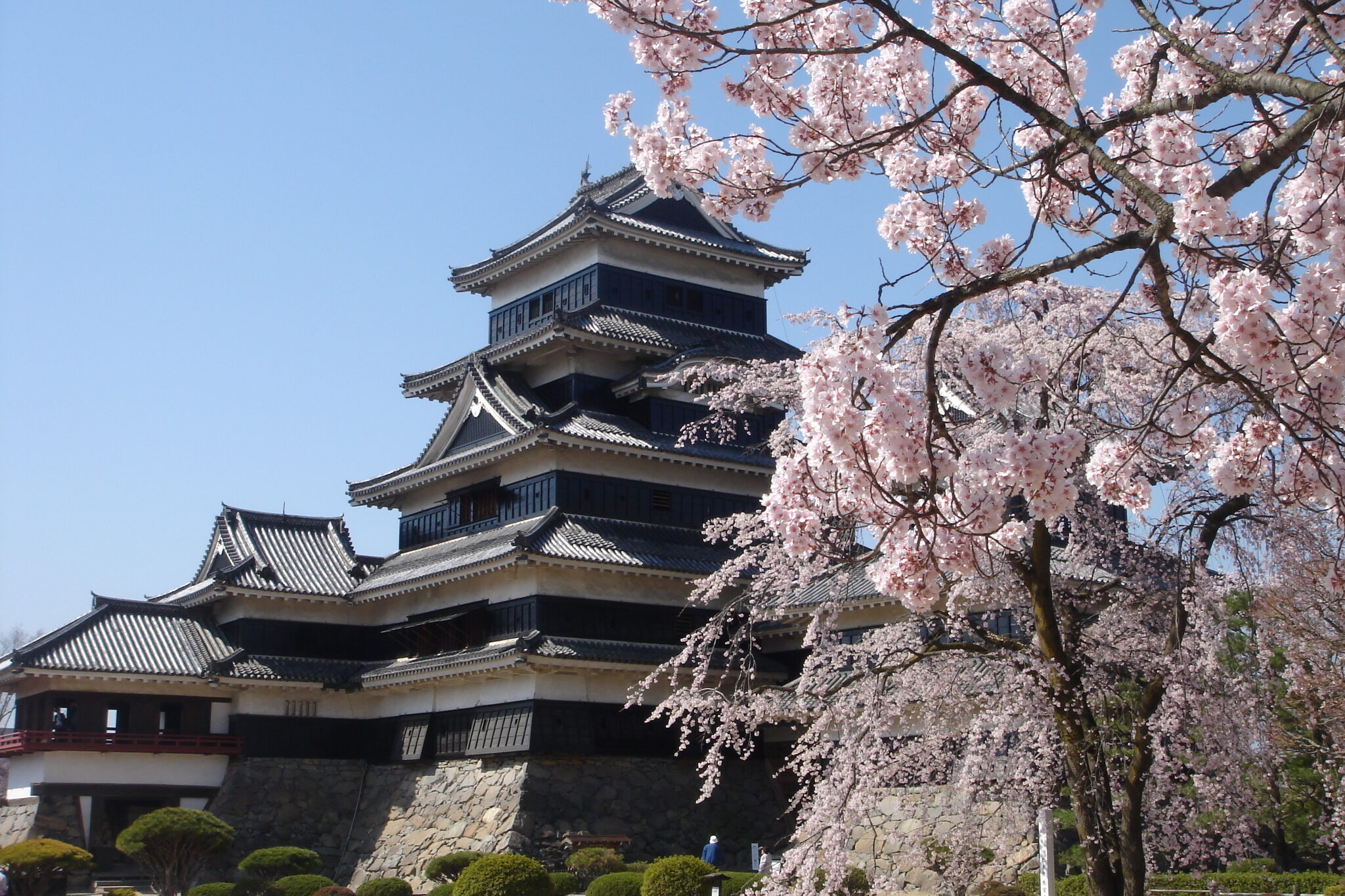
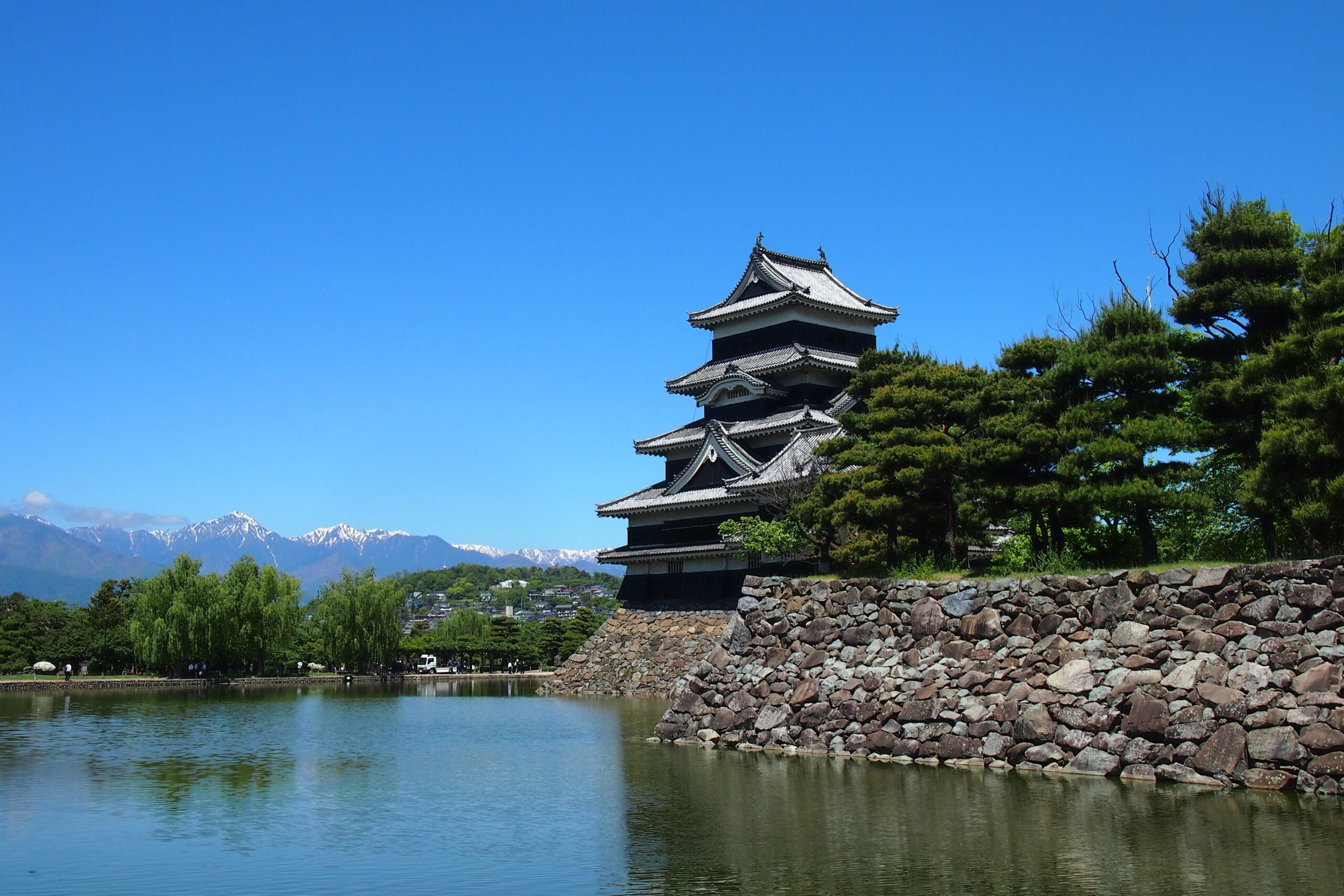
Matsumoto Castle dates back to the Fukashi Castle built in the Eisho Era of the Warring States Period, and is the oldest existing five-story, six-story castle keep in Japan and a national treasure. The contrast between the black and white colors of the castle and the mountains of the Alps makes for a magnificent sight. The combination of the main keep and the Tatsumitsuke and Tsukimi-hinoki cypresses built in the Taihei-era, called “composite-style keep,” symbolize the different periods of time. This interlocking composite style keep is a unique structure found only at Matsumoto Castle.
Kamikochi


Belonging to the Chubu-Sangaku National Park, Kamikochi is located in the western part of Matsumoto City, Nagano Prefecture. Because of the beauty of its mountain scenery, the entire region is designated as a national special scenic beauty spot and a special natural monument.
The view from Kappa-bashi Bridge, the symbol of Kamikochi, of the crystal-clear water of Azusa River and the 3,000-meter-high mountains such as the Hotaka Mountain Range and Yake-dake in the Northern Alps beyond, is like a painting.
Komoro Castle Site Kaikoen
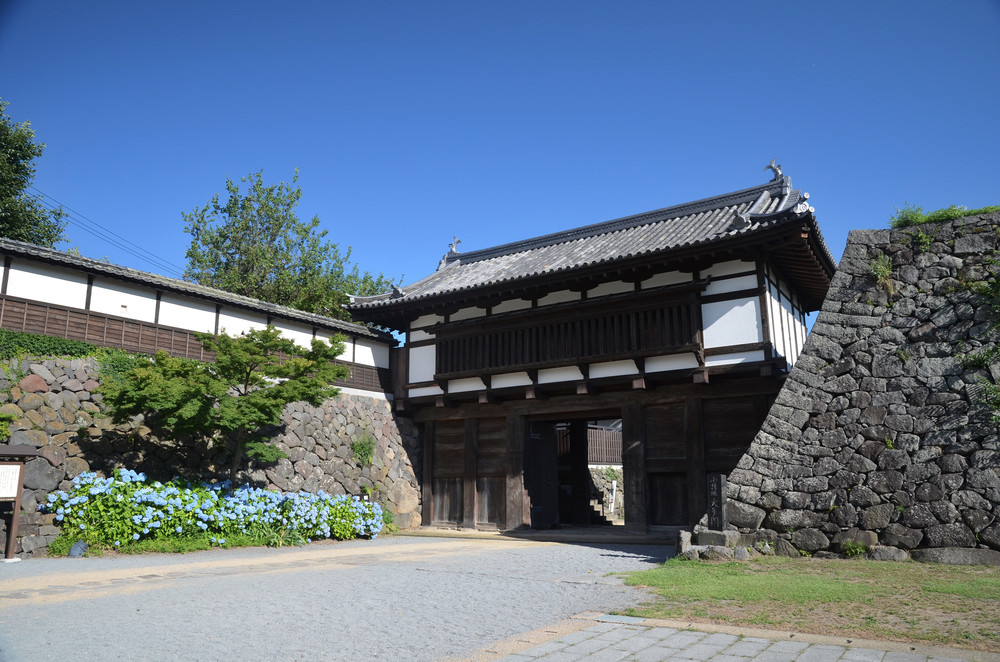

In 1926, the Komoro Castle was transformed into a modern park called “Komoro Castle Site Kaiko-en” by Shiroku Honda, who also designed the planting of the Meiji Shrine Forest and Hibiya Park, etc. The park has been selected as one of the 100 best places for cherry blossoms in Japan. The park has been selected as one of the 100 best cherry blossom viewing spots in Japan and one of the 100 best historical parks in Japan.
Shimokuri no Sato

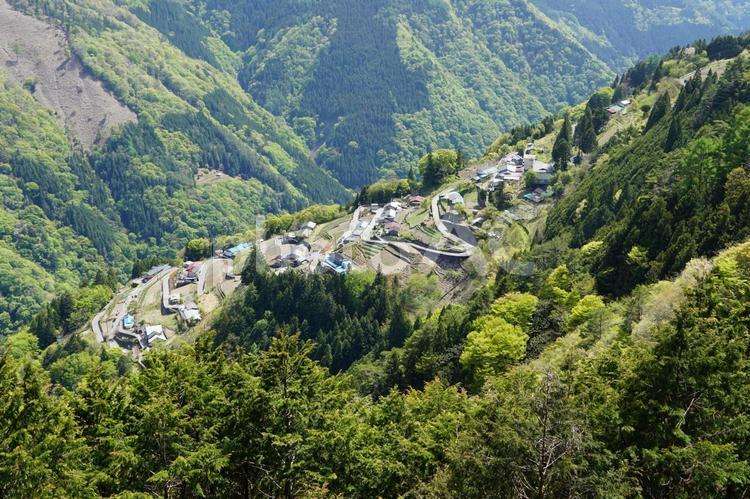
A village with a view of the majestic Southern Alps in front of you and the morning sun rising from beneath your feet. This is the village of Shimoguri, known as the “Tyrol of Japan. The village was built on a slope in the mountains, and at one time there were as many as 300 people living there. It is believed to have been inhabited since the Jomon period, and people still live there today.
Achi Village, Nichujin Onsen
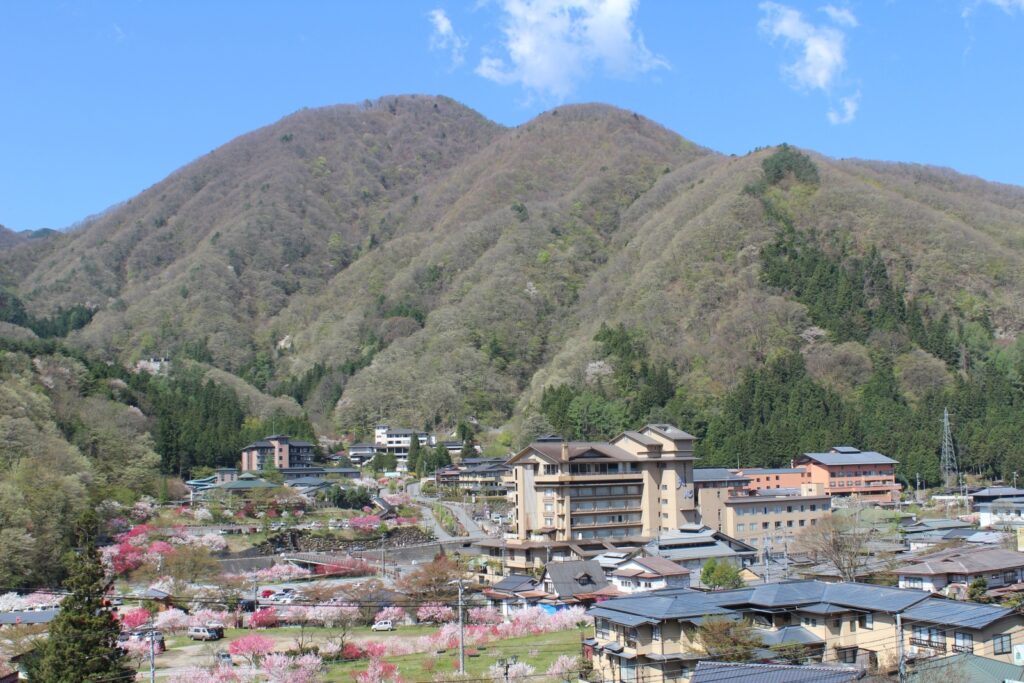
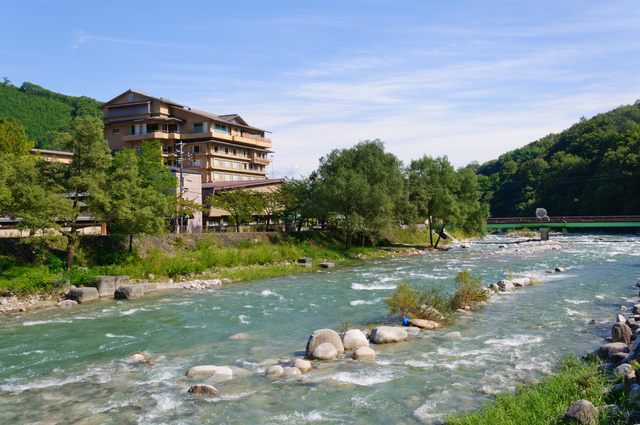
Achi Village, which is recognized by the Ministry of the Environment as the best village in Japan for starlit skies, boasts high-quality hot springs with a PH of 9.7, known as “hot spring water for beautiful skin.
Located at the southern tip of Shinshu, Achi Village is a quiet village in the mountains with a population of 6,500 villagers. The beautiful starry sky can be seen throughout the year and was chosen as the best starry sky in Japan. In the spring, the peach blossoms in three different colors of red, white, and pink are at their best, and in the fall, visitors can enjoy the autumn colors of the leaves and the sea of clouds.
Zenkoji Temple
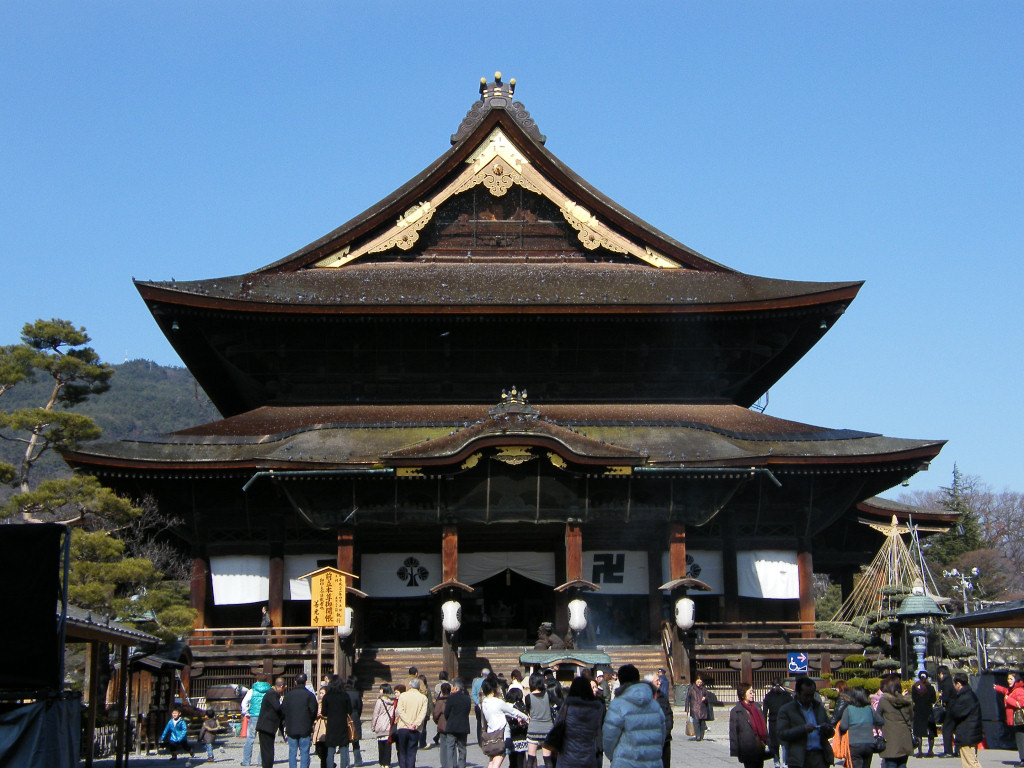
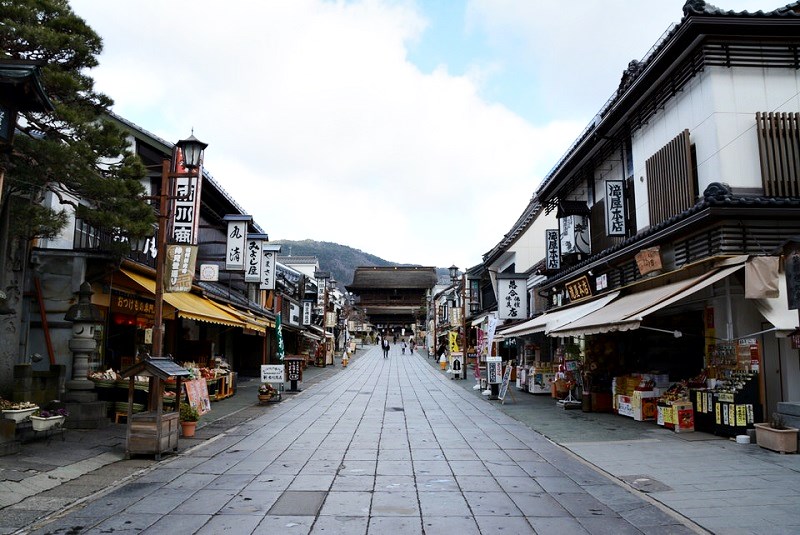
Nagano City, with Zenkoji Temple at its core, forms the gateway to the northern part of Nagano. The area further north along the Chikuma River to Obuse Town and Suzaka City is called Zenkoji-daira, a village with an ancient history.
First, walk along Omotesando (Chuo-dori) and pay a visit to Zenkoji Temple. This is a sacred place of faith for the common people, which has accepted all people regardless of denomination since the ancient times of Nara.
Kirigamine
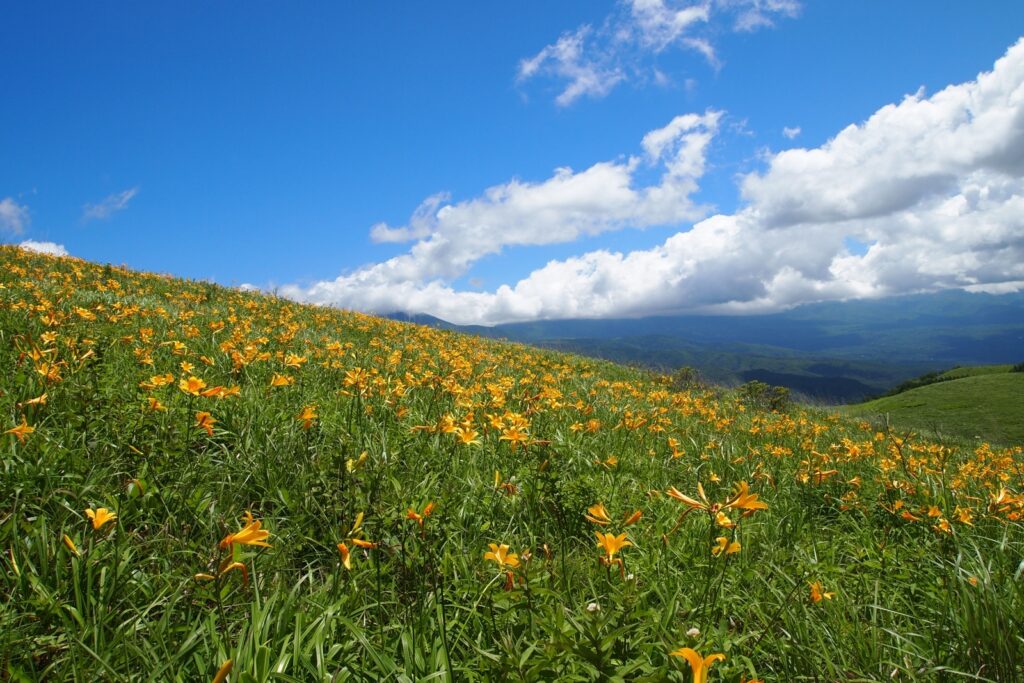

Kirigamine Plateau. This vast plateau is made up of lava from the main peak Kurumayama. The wind is refreshing and the greenery is vivid. The wind is fresh and the greenery is vivid, welcoming you to the limpid nature that makes you want to take a deep breath. The lifts at the Kirigamine Ski Resort are in operation during the summer as well. Fuji, the Yatsugatake Mountains, and the Alps can be seen from the verdant Kirigamine.
Togakushi Shrine

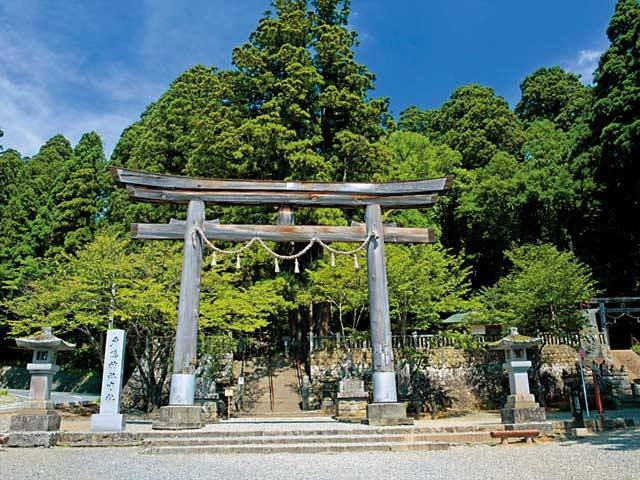
Togakushi Shrine is located at the foot of Mt. Togakushi, a sacred mountain in Nagano City, Nagano Prefecture, and consists of five shrines: Okusha, Naka-sha, Hogo-sha, Kutouryu-sha, and Hinomiko-sha. The shrine has a very long history, dating back 2,000 years since its foundation.

